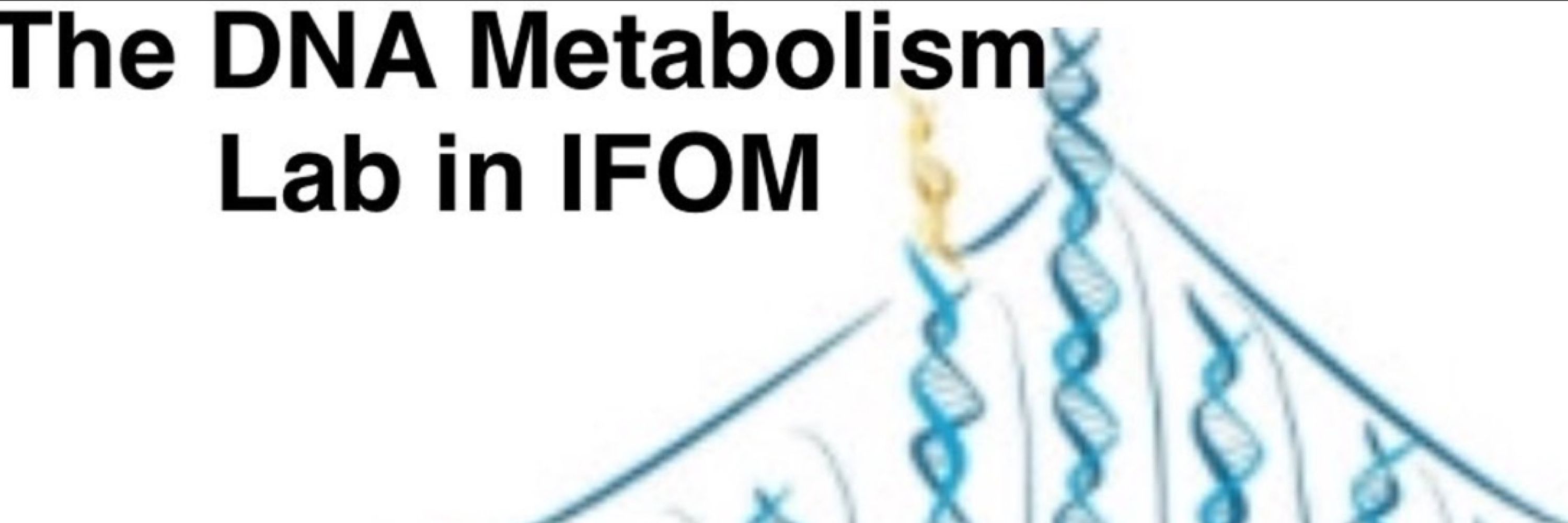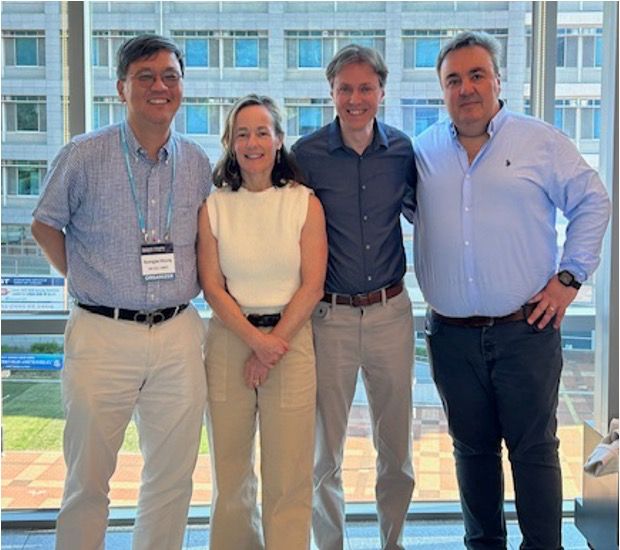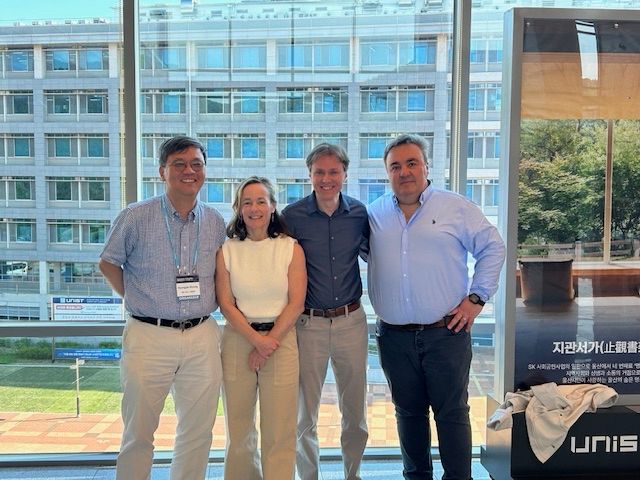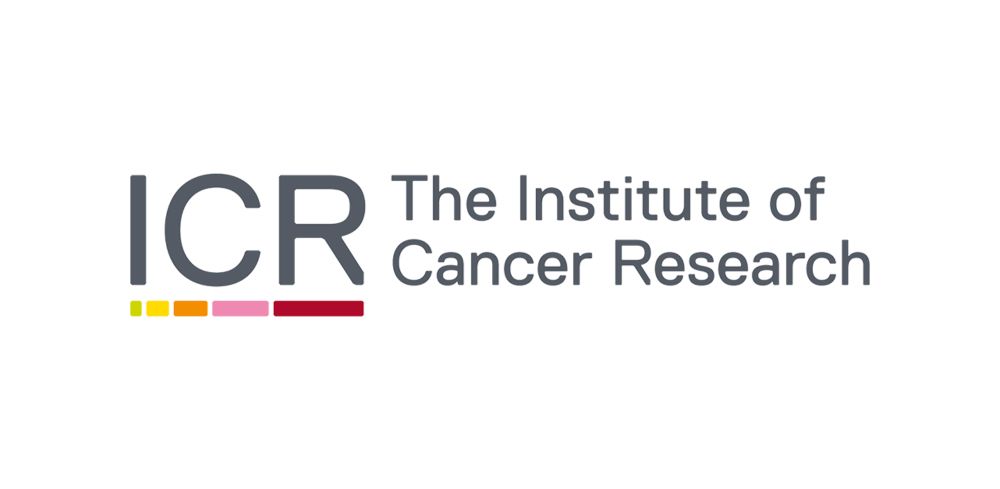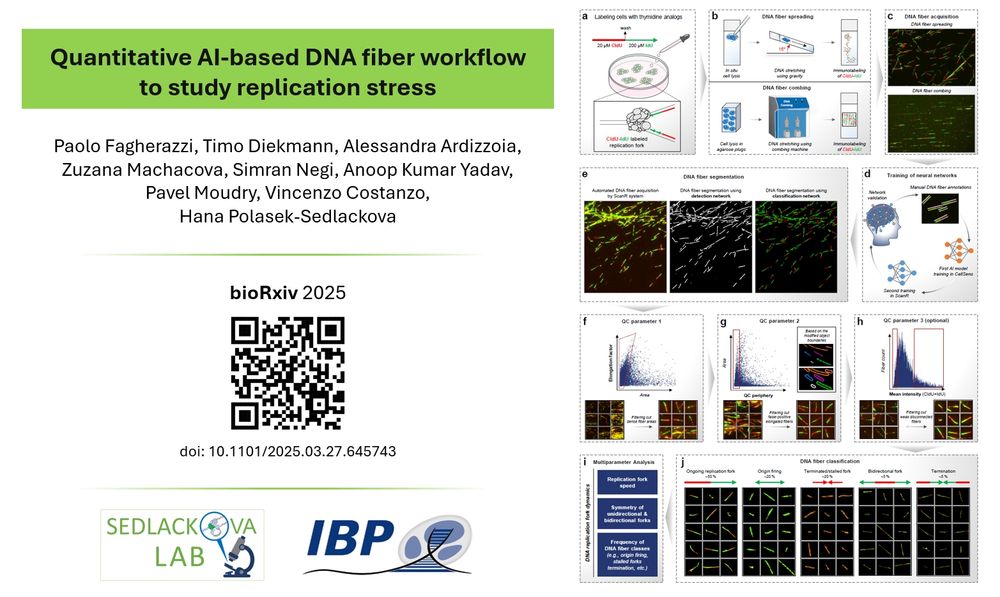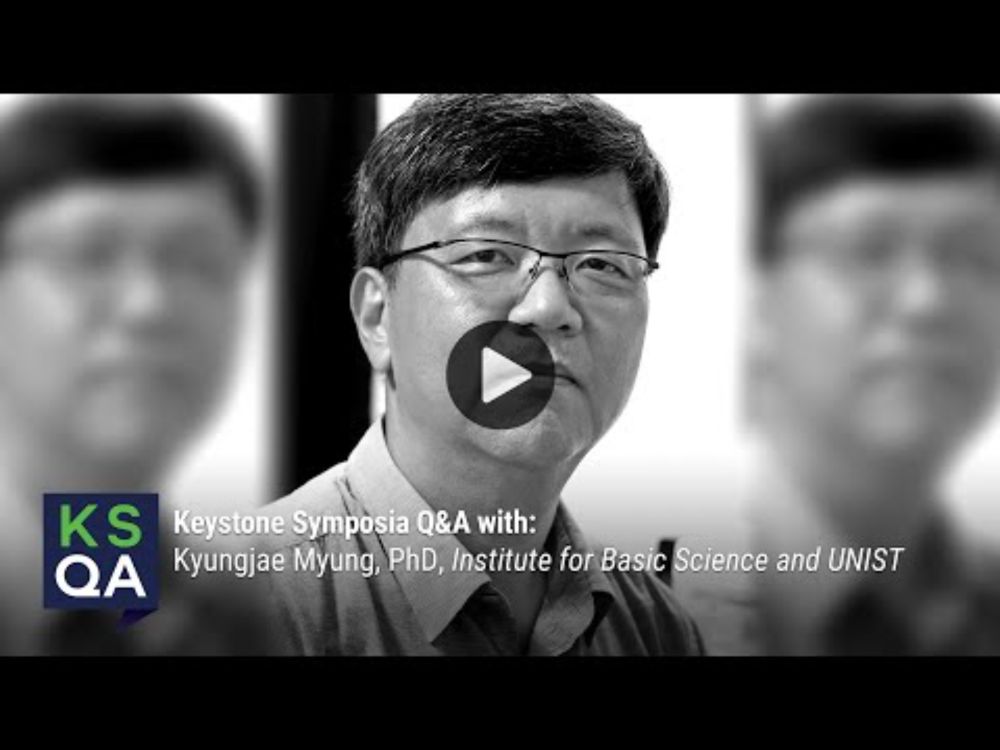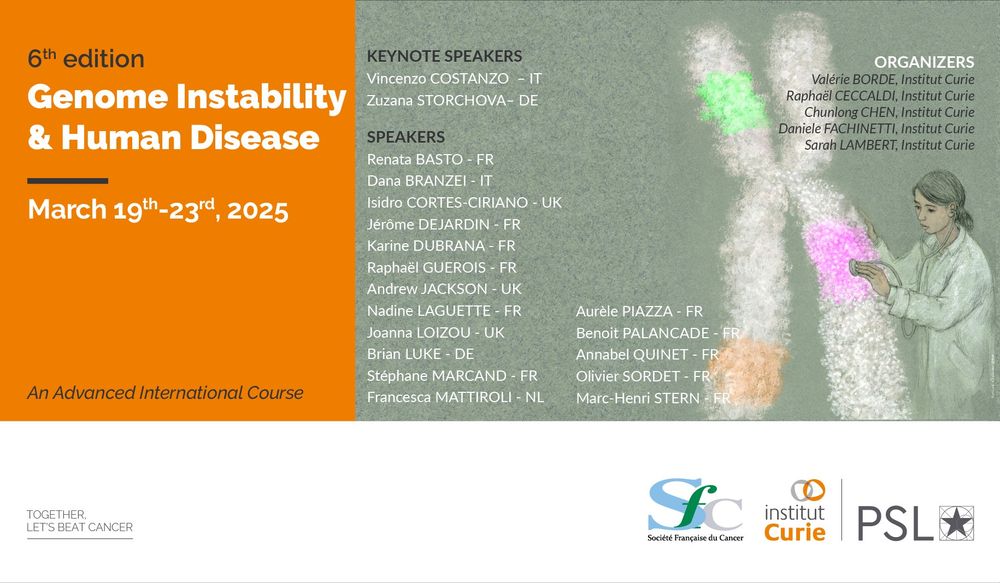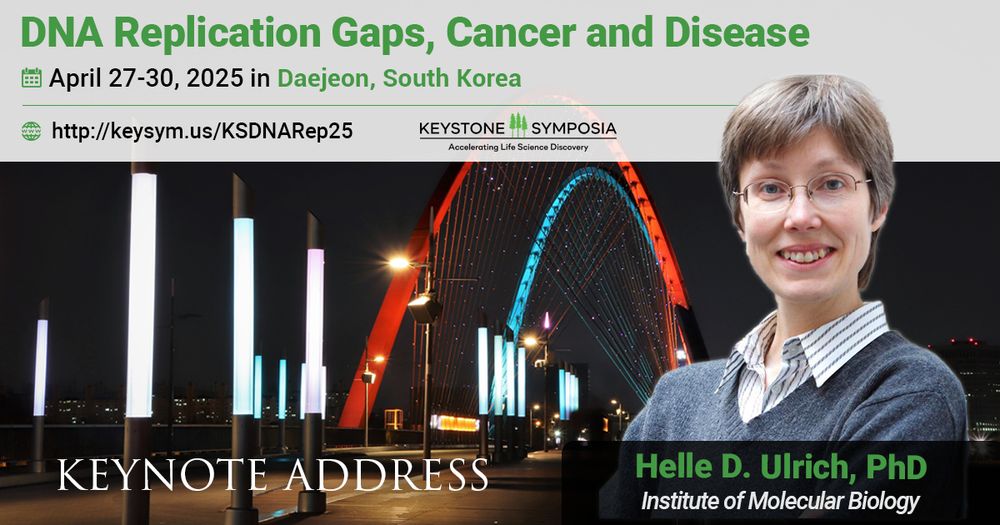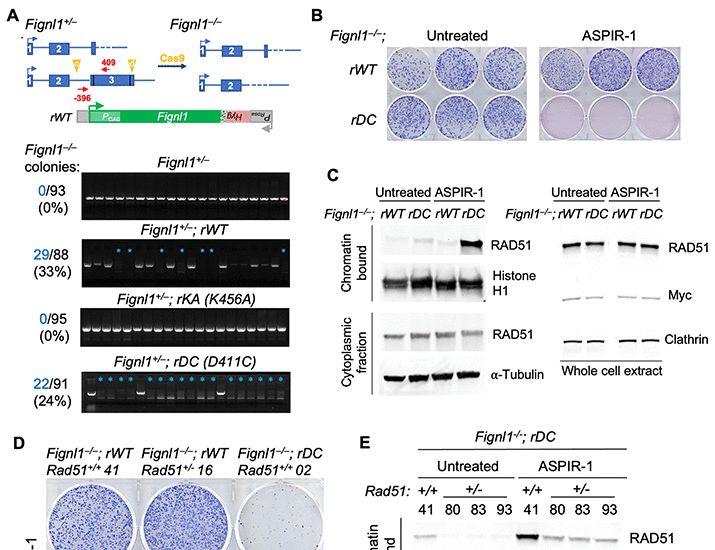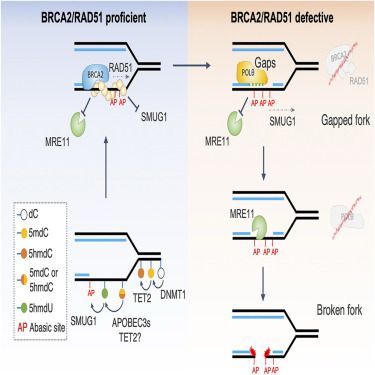Vincenzo Costanzo
@labvincenzo.bsky.social
1.1K followers
1.5K following
5 posts
We study mechanisms promoting genome stability altered in cancer cells
Posts
Media
Videos
Starter Packs
Reposted by Vincenzo Costanzo
Reposted by Vincenzo Costanzo
Reposted by Vincenzo Costanzo
Reposted by Vincenzo Costanzo
Alberto Ciccia
@albertociccia.bsky.social
· Apr 17
DNA Repair | The replication stress response: mechanisms and functions | ScienceDirect.com by ElsevierScienceDirect
High-fidelity DNA replication is constantly challenged by a diverse range of obstacles, including endogenous lesions and secondary structures in the DNA template, tightly bound protein-DNA complexes, ...
www.sciencedirect.com
Reposted by Vincenzo Costanzo
Reposted by Vincenzo Costanzo
Reposted by Vincenzo Costanzo
Robert Appleby
@robertappleby.bsky.social
· Mar 27

Structural mechanism of strand exchange by the RAD51 filament.
Homologous Recombination (HR) preserves genomic stability by repairing double-strand DNA breaks and ensuring efficient DNA replication. Central to HR is the strand-exchange reaction taking place within the three-stranded synapsis wherein a RAD51 nucleoprotein filament binds to a donor DNA. Here we present the cryoEM structure of a displacement loop of human RAD51 that captures the synaptic state when the filament has become tightly bound to the donor DNA. The structure elucidates the mechanism of strand exchange by RAD51, including the filament engagement with the donor DNA, the strand invasion and pairing with the complementary sequence of the donor DNA, the capture of the non-complementary strand and the polarity of the strand-exchange reaction. Our findings provide fundamental mechanistic insights into the biochemical reaction of eukaryotic HR. ### Competing Interest Statement The authors have declared no competing interest.
www.biorxiv.org
Reposted by Vincenzo Costanzo
Reposted by Vincenzo Costanzo
Esashi Lab
@esashilab.bsky.social
· Feb 25
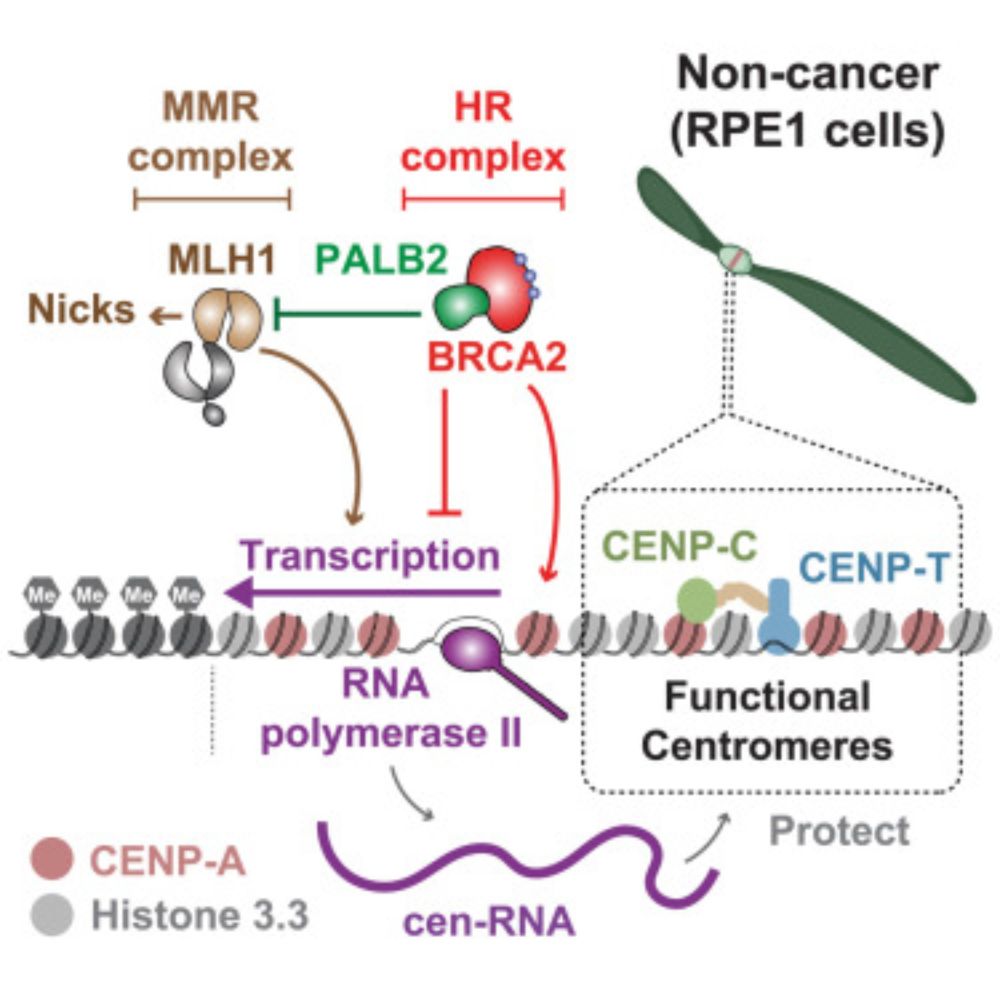
The homologous recombination factors BRCA2 and PALB2 interplay with mismatch repair pathways to maintain centromere stability and cell viability
Graham et al. demonstrate that BRCA2 and PALB2 protect centromere integrity in non-cancerous
cells through distinct mechanisms, partly counteracting the mismatch repair factor
MLH1. In cancer cells, B...
www.cell.com
Reposted by Vincenzo Costanzo
Reposted by Vincenzo Costanzo
Reposted by Vincenzo Costanzo
Reposted by Vincenzo Costanzo
Cantorlab
@cantorlab.bsky.social
· Jan 21
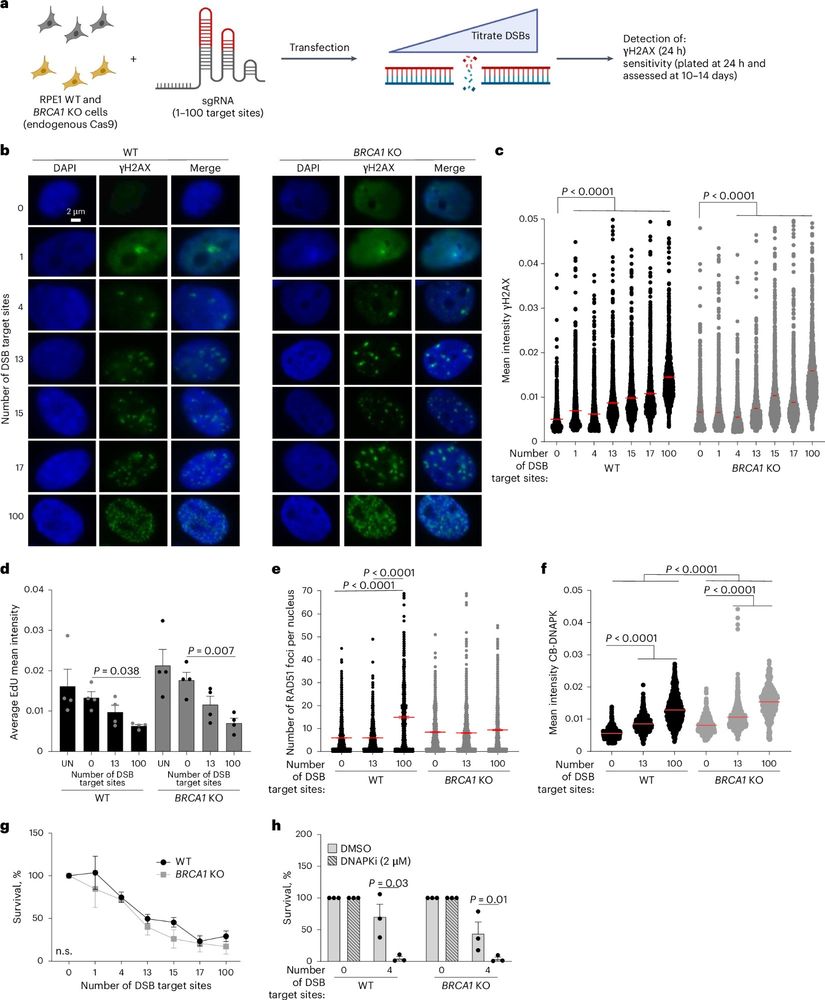
Targeting BRCA1-deficient PARP inhibitor-resistant cells with nickases reveals nick resection as a cancer vulnerability
Nature Cancer - Whalen et al. report that increased DNA end resection in BRCA-deficient, PARP inhibitor-resistant cancers leads to increased sensitivity to DNA nicks, limiting tumor formation in...
rdcu.be
Reposted by Vincenzo Costanzo
Reposted by Vincenzo Costanzo
